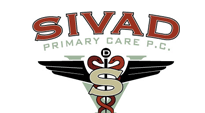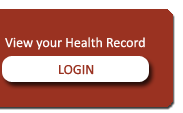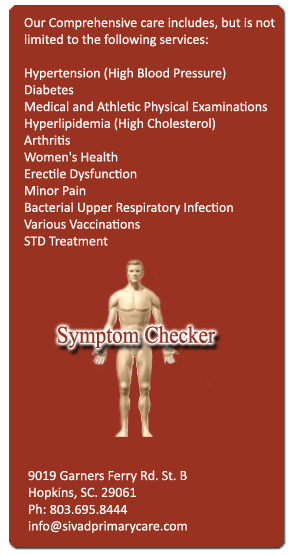





| What are your symptoms? | |||
| Hypertension (High Blood Pressure) Diabetes Medical and Athletic Physical Examinations Hyperlipidemia (High Cholesterol) Arthritis Women's Health Erectile Dysfunction Minor Pain Bacterial Upper Respiratory Infection Various Vaccinations STD Treatment |
|||
Hypertension (High Blood Pressure): High blood pressure increases the risk of heart disease and stroke so it’s important to know how to lower high blood pressure. Hypertension risk factors include obesity, drinking too much alcohol, smoking, and family history. Symptoms: One of the most dangerous aspects of hypertension is that you may not know that you have it. Nearly one-third of people who have hypertension don't know it. There are signs of extremely high blood pressure: Learn the signs to watch for. In most cases, there are no clear warning signs of high blood pressure, but blood pressure can become dangerously high and threaten your organs and your life. Regular visits to your doctor can help you manage hypertension. However, there may be situations that warrant a call to your doctor between visits. Learn what to watch for and when it's time to pick up the phone. Diabetes: Diabetes affects the body's ability to use blood sugar for energy. The main types include type 1 diabetes, type 2 diabetes, and gestational diabetes. Diabetes insipidus, a rare disorder, is not related to diabetes mellitus (sugar diabetes). Diabetes symptoms may include increased thirst and urination, blurred vision, and fatigue. The symptoms of type 2 diabetes due to high blood sugar may include:
Contact your health care provider if you have any type 2 diabetes symptoms or if you have further questions about type 2 diabetes. It’s important to get diabetes testing and start a treatment plan early to prevent serious diabetes complications. Type 2 diabetes is usually not diagnosed until health complications have occurred. Most often, there are no diabetes symptoms or a very gradual development of the above symptoms of type 2 diabetes. In fact, about a third of all people who have type 2 diabetes don't know they have it. Other symptoms of type 2 diabetes may include:
Physical examination: is the process by which a healthcare provider investigates the body of a patient for signs of disease. It generally follows the taking of the medical history — an account of the symptoms as experienced by the patient. Together with the medical history, the physical examination aids in determining the correct diagnosis and devising the treatment plan. This data then becomes part of the medical record. Hyperlipidemia: High cholesterol increases the risk of other conditions, depending on which blood vessels are narrowed or blocked. These diseases include: coronary heart disease, stroke and peripheral vascular disease. High cholesterol has also been linked to diabetes and high blood pressure. To prevent or manage these conditions, take steps to lower your cholesterol if it is elevated. Arthritis: There are over 100 types of arthritis, including osteoarthritis, rheumatoid arthritis, and gout. The word "arthritis" means "joint inflammation." Inflammation is one of the body's natural reactions to disease or injury, and includes swelling, pain, and stiffness. Inflammation that lasts for a very long time or recurs, as in arthritis, can lead to tissue damage. There are more than 100 different types of arthritis. Some of the more common types include:
What Are the Symptoms of Arthritis?Different types of arthritis have different symptoms and the symptoms vary in severity from person to person. Osteoarthritis does not generally cause any symptoms outside the joint. Symptoms of other types of arthritis may include fatigue, fever, a rash and the signs of joint inflammation, including:
Women's Health:
Bacterial STDs can be cured with antibiotics if treatment begins early enough. Viral STDs cannot be cured, but you can manage symptoms with medications. There is a vaccine against hepatitis B, but it will not help if you already have the disease. If you are given antibiotics to treat a STD, it is important that you take all of the medicine prescribed to you, even if the symptoms go away. Also, do not take someone else's medication to treat your infection, it may make it more difficult to treat.
|
|||

Home | About Us | Services | What you need to know | Make an Appointment | Contact Us
Copright 2009 Sivad Primary Care and Associates P.C.